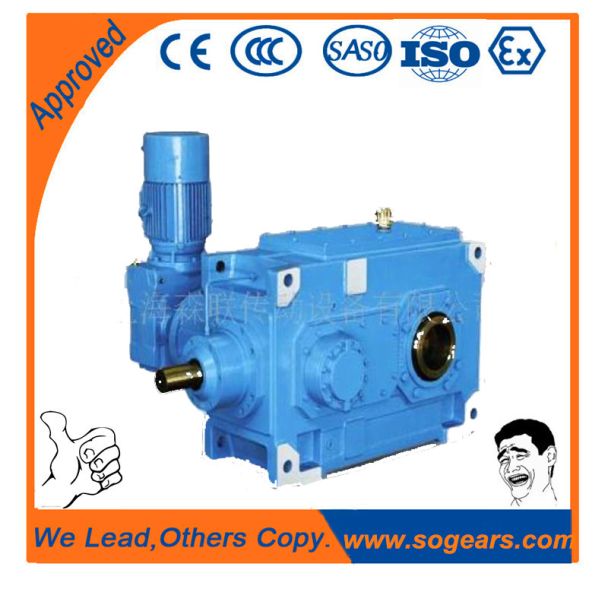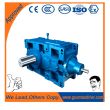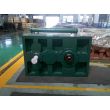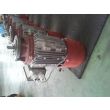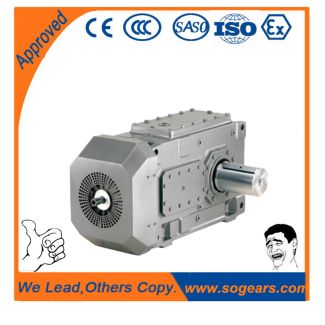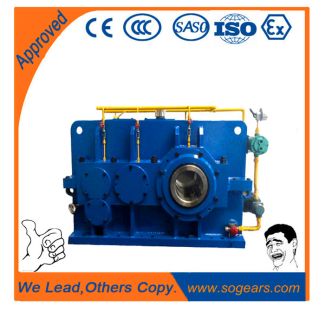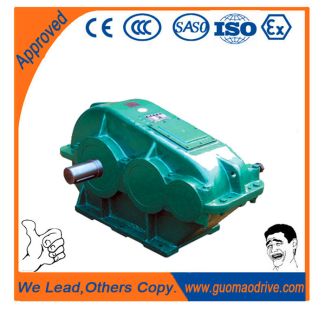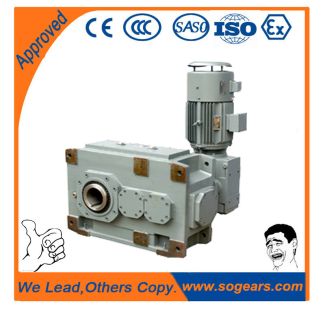Bevel-helical speed reduction gearboxes B4 ion LP Shaft seals see page onwards Fo B4SV-9-C
In stock
SKU
B4SV-9-C
$19,071.43
Flender/Flender Gear Units/Bevel-helical speed reduction gearboxes B4
station. The road traffic immission values for CO and NO in lnvalidenstrasse reached 1pp, and 7 ppb, respectively, during the measuring period March/April1. The road traf IC immissions varied greatly over short measuring periods. In particular, these uences with temporal
measuring period March/April1. The road traf IC immissions varied greatly over short measuring periods. In particular, these uences with temporal  resolution of 1.5 seconds indicate distinctly indivi- dual exhaust gas baaviour of thevehiclesinthetrafficf1ow.Thisfactoffersadecisiveopportu- nityfordifferentiated analysis of road traffic immissionsand emissions,
resolution of 1.5 seconds indicate distinctly indivi- dual exhaust gas baaviour of thevehiclesinthetrafficf1ow.Thisfactoffersadecisiveopportu- nityfordifferentiated analysis of road traffic immissionsand emissions,  becausea remote mea- suring system with diode lasers enables measuring path which reachestotheground,as well as an increase of the density
becausea remote mea- suring system with diode lasers enables measuring path which reachestotheground,as well as an increase of the density  of the measured values into the millisecond region, as shown by preliminary trials with DIM and meandering measuring geometry across the road. 1 . The objectives in the development of end-of-pipe technologies comprised, on the one hand, the reduction of mass pollutants (.. nitrogen oxides, halogen com- pounds) from furnaces and industrial processes and, on the other hand, the separa- tion of organic and heavy metal-bearing air pollutants, particularly in cases of low concentrations in large waste air flows or small volumetricflows from multitude of small-scale dischargers. These measures have already led toappreciableadvances in the state of the art and made major contribution to the energy-related environ- mental policy of the federal government. Available results on the further develop- ment of sorptive, catalytic and biological processes show that considerable reduc- tion in organic pollutants can be achieved. In addition to the testing of Japanese catalyst technologies for reducing the emission of nitrogen oxides (NO,), extensive work was also carried out on development of our own catalysts, especially for the low temperature range, as well as other processes for the purification of exhaust gases, particularly on the basis of activated coke. The key areas of sponsorship in the development of catalysts were defined a
of the measured values into the millisecond region, as shown by preliminary trials with DIM and meandering measuring geometry across the road. 1 . The objectives in the development of end-of-pipe technologies comprised, on the one hand, the reduction of mass pollutants (.. nitrogen oxides, halogen com- pounds) from furnaces and industrial processes and, on the other hand, the separa- tion of organic and heavy metal-bearing air pollutants, particularly in cases of low concentrations in large waste air flows or small volumetricflows from multitude of small-scale dischargers. These measures have already led toappreciableadvances in the state of the art and made major contribution to the energy-related environ- mental policy of the federal government. Available results on the further develop- ment of sorptive, catalytic and biological processes show that considerable reduc- tion in organic pollutants can be achieved. In addition to the testing of Japanese catalyst technologies for reducing the emission of nitrogen oxides (NO,), extensive work was also carried out on development of our own catalysts, especially for the low temperature range, as well as other processes for the purification of exhaust gases, particularly on the basis of activated coke. The key areas of sponsorship in the development of catalysts were defined a| Model Type | Bevel-helical speed reduction gearboxes B4 |
|---|---|
| Gear Type | Bevel Helical Gear |
| Weight (kg) | 890.000000 |
| Ratio Range | 1 : 80…315 |
| Low Speed Output | Solid shaft with parallel key acc. to DIN 6885/1 |
| Nominal Torque | 35700 Nm |
| Mounting Arrangements | Vertical mounting position |
| Manufacturer | A. Friedr. Flender GmbH |
| Country of Manufacture | Azerbaijan |
| Data Sheet & Drawings | Bevel-helical speed reduction gearboxes B4 ion LP Shaft seals see page onwards Fo B4SV-9-C |
